“Wow, this is way out in the Boonies!” says my husband, who, upon his arrival in Canada 13 years ago had immediately taken a liking for the word “Boonies.” “No, it's way past the Boonies. It's the Sticks,” I reply. We are driving up a dirt road in the country, I a life-long urbanite from Scarborough, my French-born husband and our soon to be four year old daughter, Anousha, napping in the back during the hour long trek from Ottawa. Finally I spot the farm.
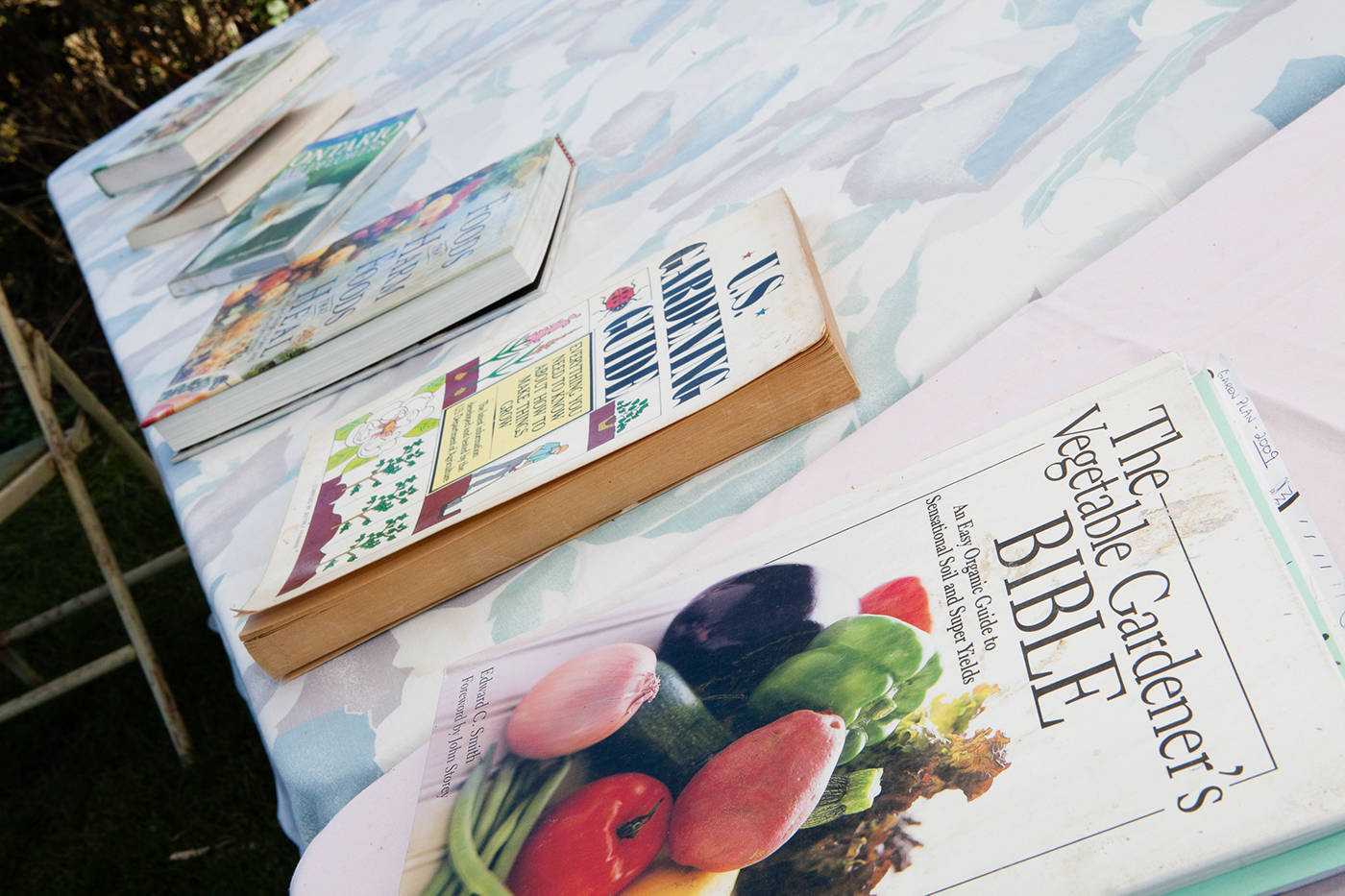

The sign at the end of the driveway announces, “Organic Produce,” and lists all kinds of vegetables for sale. As we pull in we are greeted by a collection of dogs of various shapes and sizes. The Chihuhua tumbles over in excitement. I first met Cheryl Wyatt, co-owner of Greener Green Acres, at the Lansdowne Farmer's Market last summer. She was selling potato and nettle soup and invited me to try a sample. Delicious! As we
chatted, Cheryl revealed an encyclopedic knowledge of edible wild plants. She explained that nettles are amazingly good for consumption, high in iron and all kinds of other nutrients. As an aspiring healthy eater, I was hooked. She gave me a recipe card and a bag of nettles, and slyly suggested that husbands don't really notice the nettles in the soup. (Later I discovered that the husband I live with has a nose for “healthy stuff,” and asked, “You didn't put any of those nettle things in here, did you?” (Foiled again.) I then inquired about a basket of strange looking apples. “They're ugly but safe,” she announced. My daughter bit into one and demanded a whole bag of them. Cheryl said that they originated from the forest next to her farm, where she often goes to gather interesting food items. She invites her customers to join her on guided forest walks to learn how to safely harvest wild edibles themselves. Many Ottawa “locavores,” who base their diet around locally grown foods, especially those grown within 100 miles of their homes, have discovered a treasure-trove of little known Ottawa area delicacies after taking her tours.
chatted, Cheryl revealed an encyclopedic knowledge of edible wild plants. She explained that nettles are amazingly good for consumption, high in iron and all kinds of other nutrients. As an aspiring healthy eater, I was hooked. She gave me a recipe card and a bag of nettles, and slyly suggested that husbands don't really notice the nettles in the soup. (Later I discovered that the husband I live with has a nose for “healthy stuff,” and asked, “You didn't put any of those nettle things in here, did you?” (Foiled again.) I then inquired about a basket of strange looking apples. “They're ugly but safe,” she announced. My daughter bit into one and demanded a whole bag of them. Cheryl said that they originated from the forest next to her farm, where she often goes to gather interesting food items. She invites her customers to join her on guided forest walks to learn how to safely harvest wild edibles themselves. Many Ottawa “locavores,” who base their diet around locally grown foods, especially those grown within 100 miles of their homes, have discovered a treasure-trove of little known Ottawa area delicacies after taking her tours.



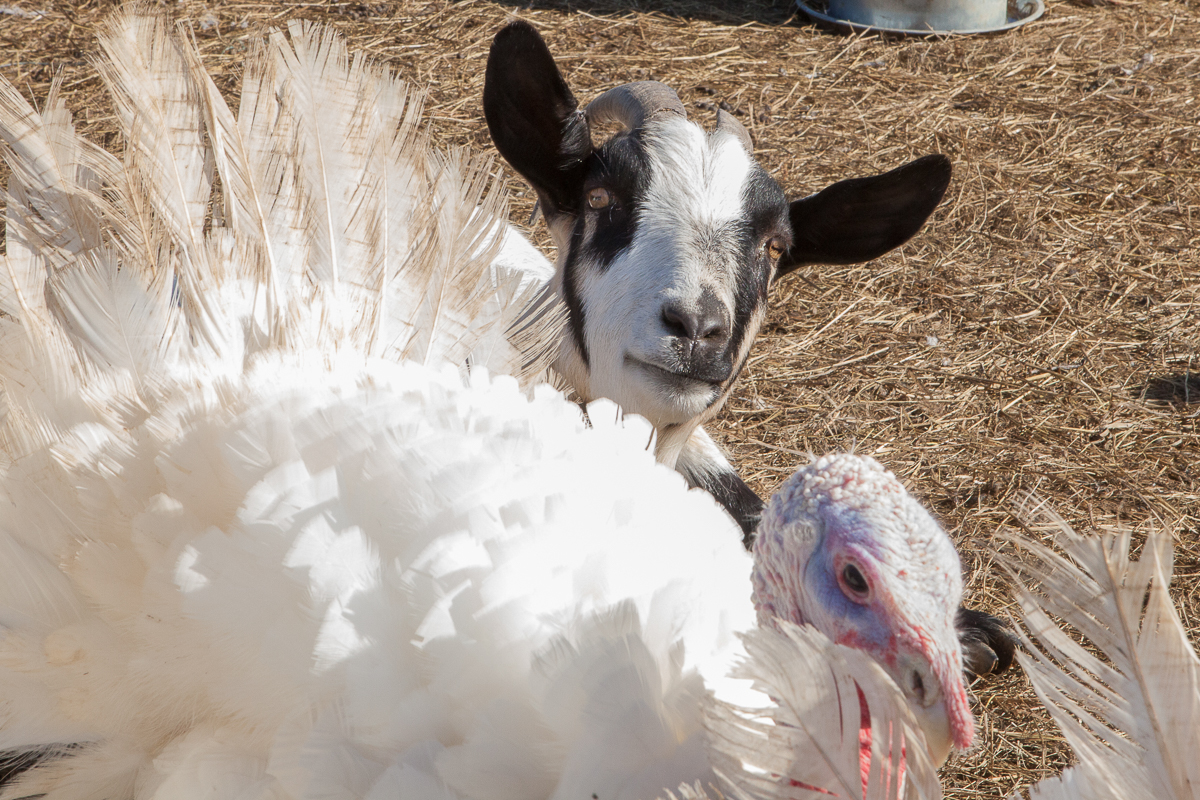
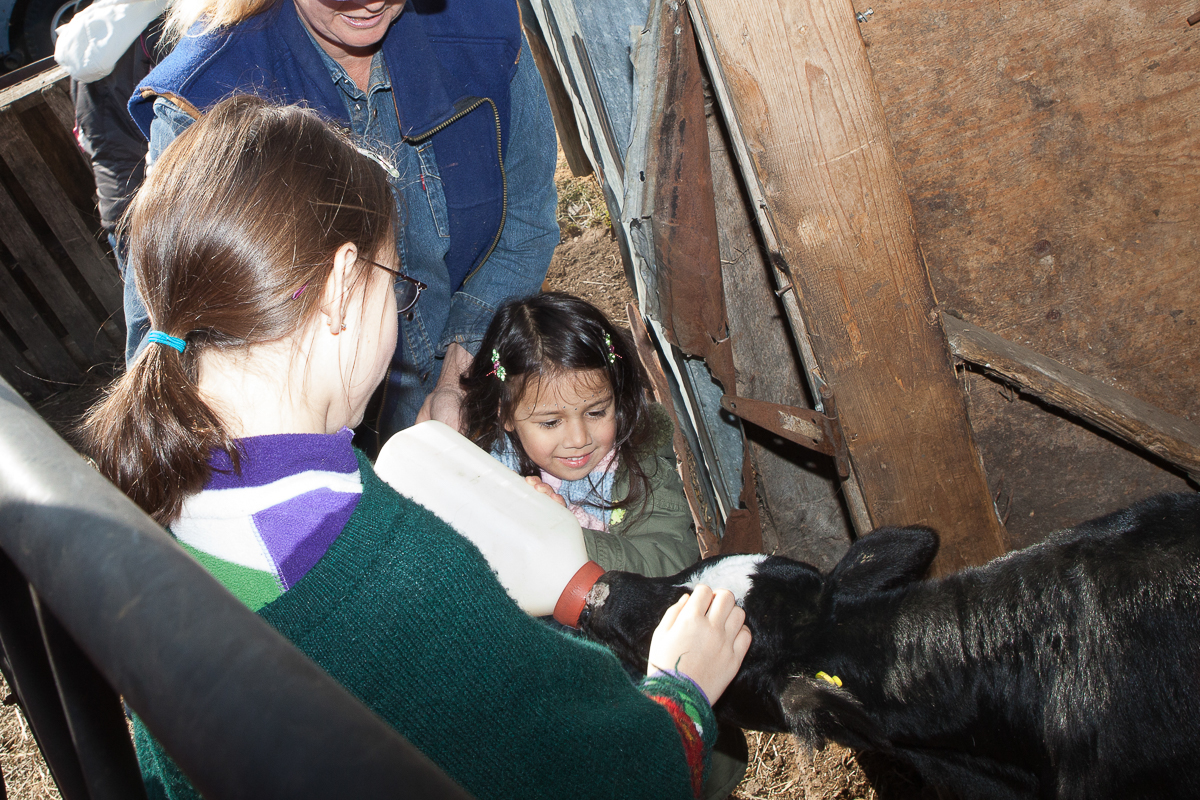
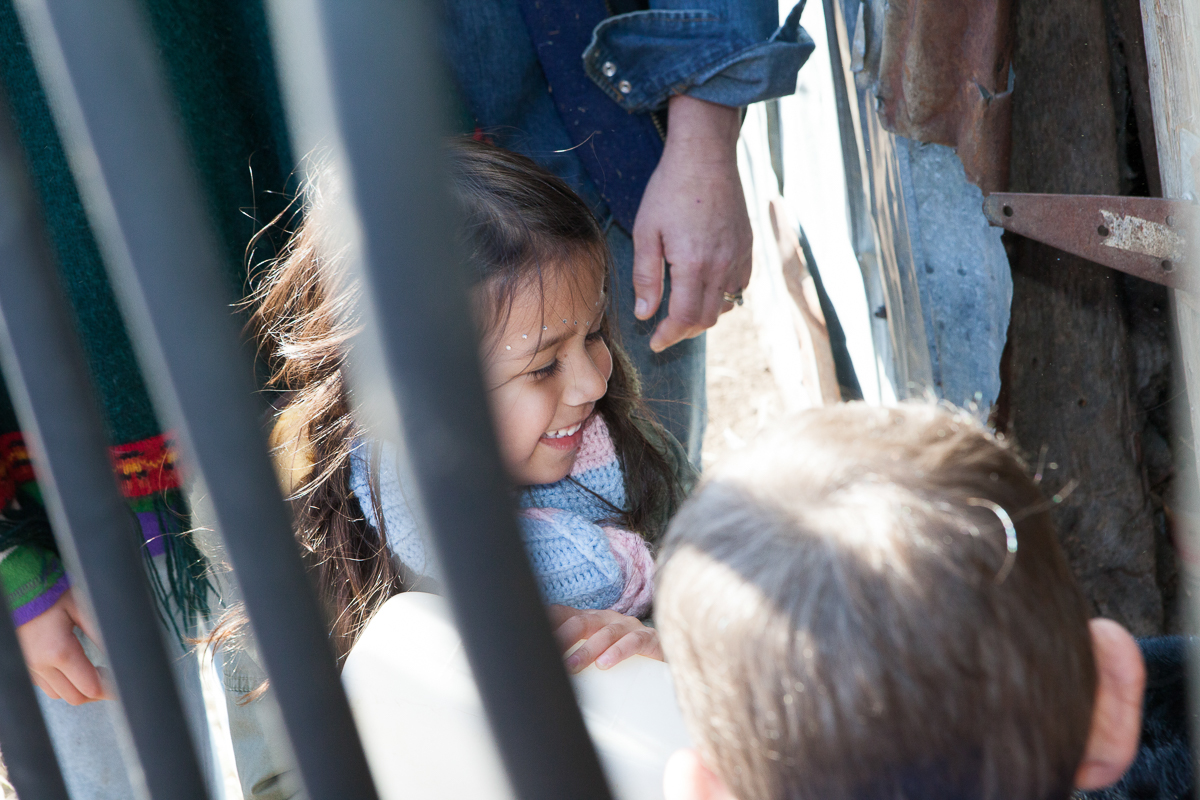

The richness and variety of indigenous food available to us here is remarkable, if we only know where to look. Morel mushrooms, fiddleheads, sumac (a great lemon juice substitute), lambsquarters, purslane and chickweed (highly nutritious greens), and elderberries for making homemade wines are just a few of the items one can learn to identify and harvest. Some, such as morels, retail at exhorbitant prices – but are free to those who are in on the secret of where to find them. We took the recipe and the apples, and promised to return for more next week. And thus started an acquaintance that resulted in our family signing up for her Community Supported Agriculture (CSA) program. We now receive a whole basket of fresh, locally grown organic produce – vegetables, freerange meat, wild edibles and occasional homemade cheese – delivered to our door every week throughout the summer, at a price that no grocery store can offer. Included in the farm membership are farm visits so members, currently at capacity with 25 families, can see first hand how their food is produced, and pick their own produce if they so choose. So it is that we have come for a visit, our second for Anousha and I. She is attracted by the lure of cuddly dogs and cute ponies. The moment the car door opens, our little animal lover is off and running to greet her canine friends. On her way she bounces past the turkeys, who start to puff out and glow bright red in alarm.
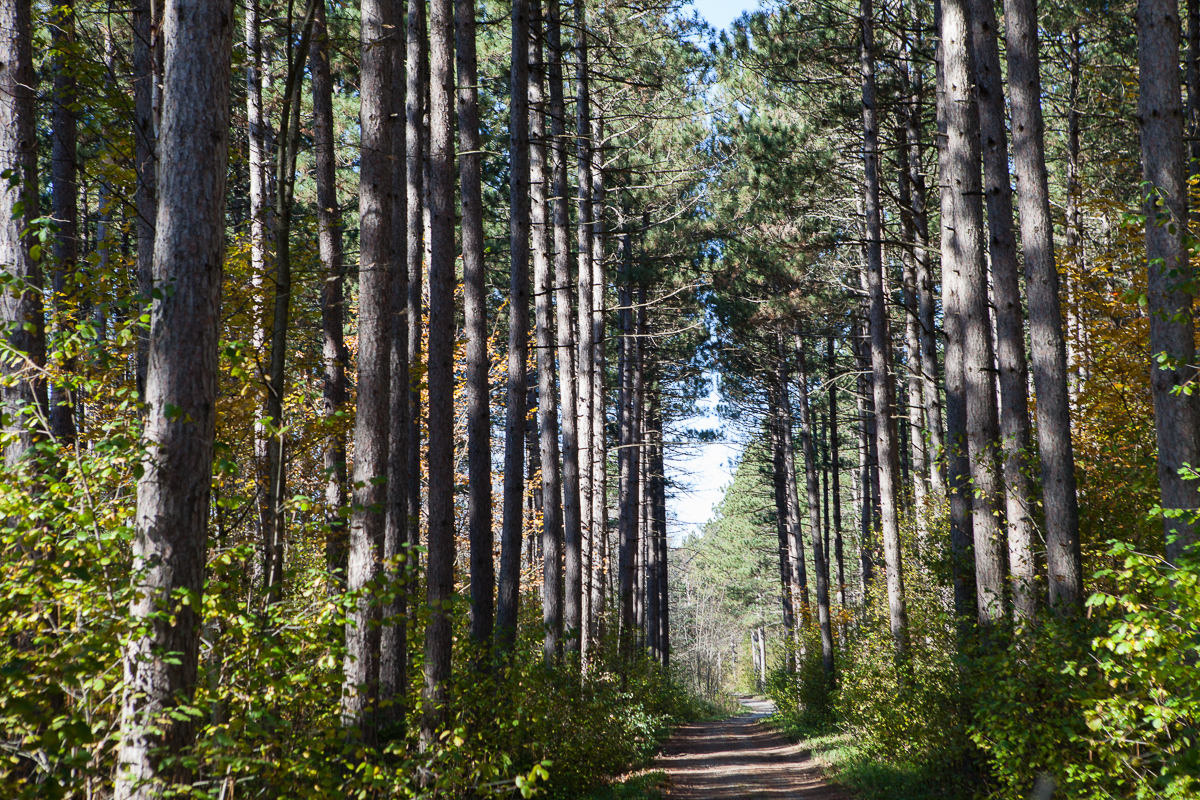







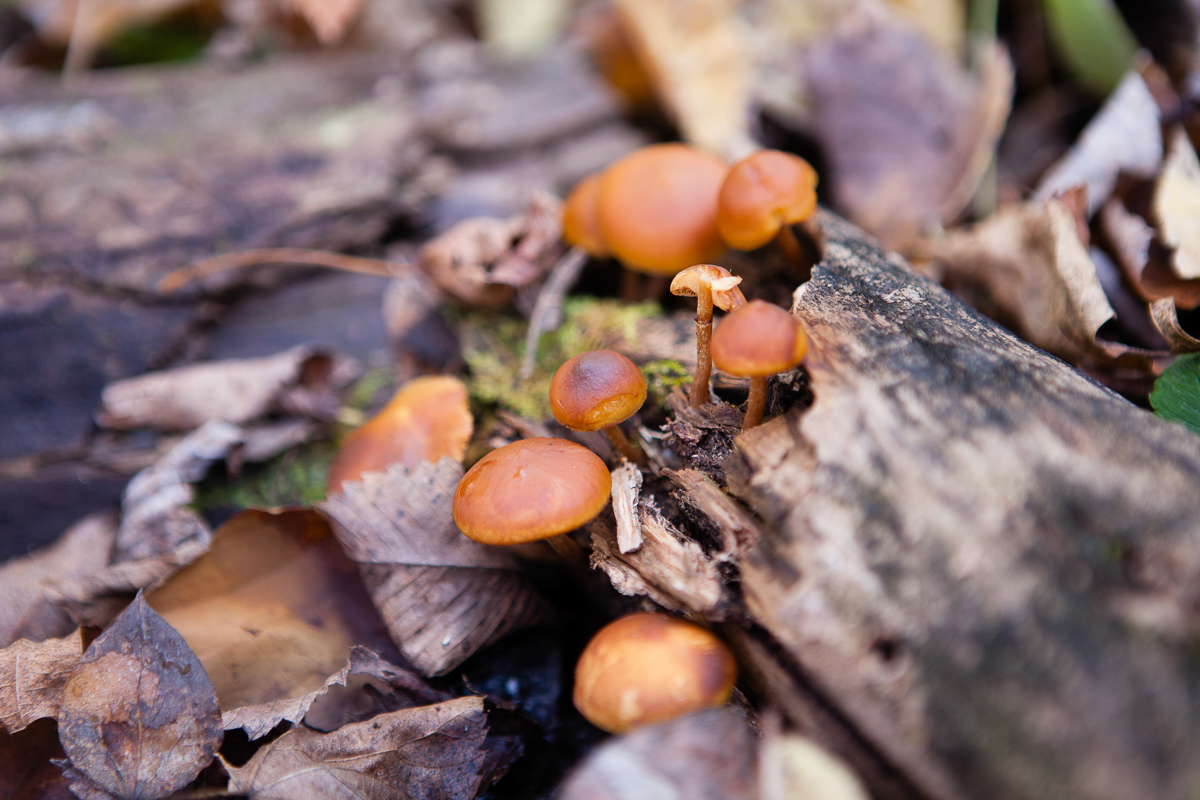

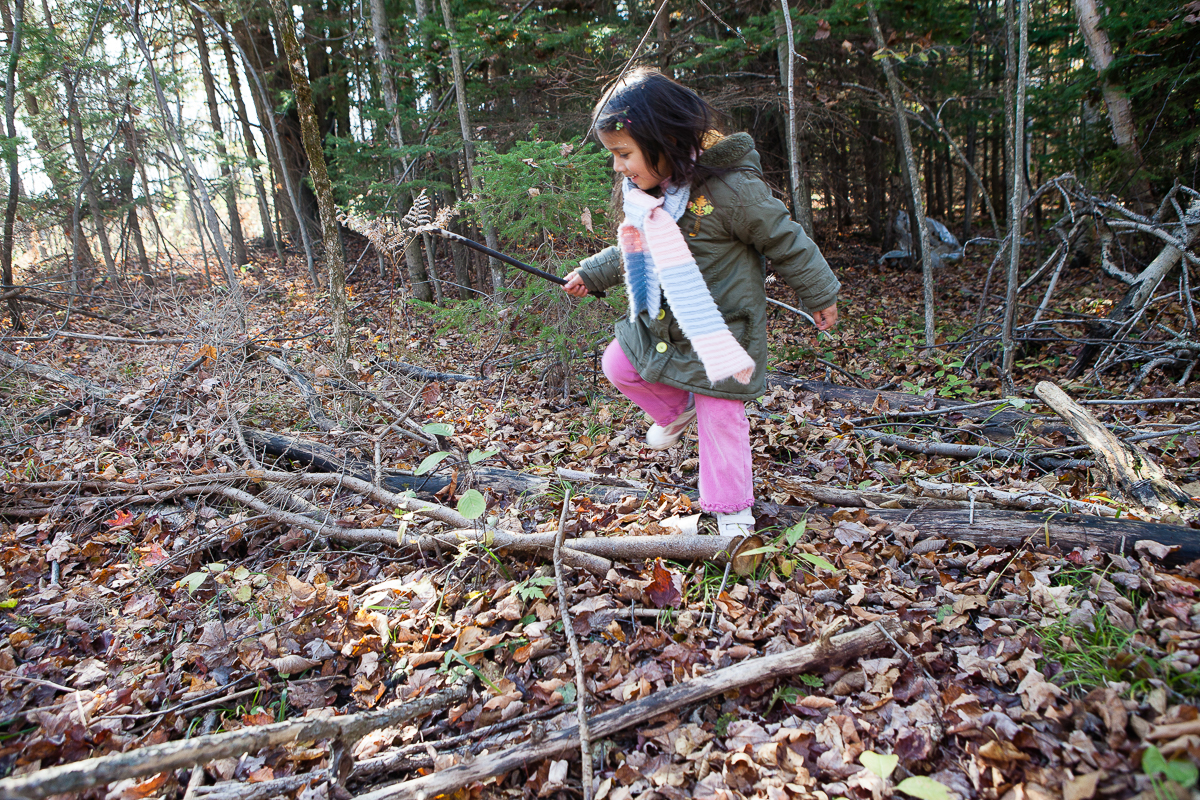



Cheryl comes over to introduce us to her husband, Lawrence. “He's the mean and ugly one,” she
says jokingly. Although he is far more reserved than his loquacious wife, and neither mean nor ugly,
the quiet pride Lawrence takes in his work becomes quite obvious as we progress on our tour of the
farm. He is firm with his dogs, keeping them from jumping on Anousha, and gentle as he delicately
removes a wound-up piece of string from the leg of a bird who became entangled in it.
As we go along, we meet some strange animals that don't normally appear in children's farm
stories. Of course, I don't know very much about farms, having lived in cities all my life. Cheryl
enlightens me. The peacock, she explains, keeps the other birds in order. The chickens and quails have
become his flock, she says, so they follow his lead rather than pick on each other for dominance.
Charlie the llama is supposedly there to protect the sheep. “But he's the worst llama we've ever had. He
just sits there while people wander into the pasture with the sheep!” she laughs, referring to my
husband, who is in the field taking portraits of them. Eggbert the Emu is much more impressive. Upon
our approach he starts to emit a deep drumming sound from his throat while flashing his chest feathers
at us. We understand quickly that he is the boss here. When Jerome enters the yard and tries to
photograph him, he is promptly pecked on the head. I decide to stay outside the fence.
Every animal is there to keep the farm in balance. The emu, the llama and the peacock are
animals of protection. While I had witnessed the emu's prowess, I am surprised to learn that peacocks
are like watchdogs. When their flock is threatened, they utter ear-shattering screams.
Cheryl and Lawrence have a profound respect and love for animals. Their devotion shows in
their horses and ponies: all rescues, brought here to find a safe haven from heart-rending abuse and
torture. Cheryl sprinkles grain in the feeding trough while Lawrence calls Kip, the stallion, over. He
comes obediently, followed by his herd of mares and an adorable three month old paint filly.
“That one there was all bones when I first got her,” Cheryl says, pointing to a still skinnylooking
mare gnawing on the fence while the other horses squeeze in to get to the grains. “She was
being starved, and she would still rather crib than eat,” she adds, referring to the horse's habit of
chewing on the wood and getting her stomach filled with air so she feels full. She sends Katie, the pug,
after her to chase the horse away from the fence. “I was told to put her down immediately when she
arrived and started to crib like that. But I really wanted to give her another chance. And I think she's
finally gaining some weight.” Then she points to another horse. “That one came from a rodeo. He's still
got scars from the spurs they used on him. And the pony there is getting used to the idea that no one is
going to beat him anymore. He used to turn his head and try to run away when we came near. But
starting to learn that he's safe here.” Cheryl and Lawrence work hard to teach their animals to trust
people. Their dogs, for instance, give birth in their presence, so the puppies are acclimatized to human
contact from the start.
“So, is that it?” asks Jerome, who is starting to get hungry seeing the cows, chickens and pigs.
“You still haven't seen the vegetable garden,” I, the mostly-vegetarian, respond.
As we walk through the gate, Cheryl stops to pluck some scarlet runner bean blossoms growing over
the trellis. “Taste these – just pop the whole thing in your mouth.” I obey, not knowing what to expect,
and find that they are quite crisp and bean-like in taste. She points out her award winning marigolds.
They too are edible, slightly spicy.
The garden is filled with all sorts of vegetables, some of which I have never heard of, having
mostly shopped at the usual grocery stores.
“This one is Malabar Spinach. It is a climbing variety. You just trail it on a pole and pluck the
leaves off all summer. And next week you'll be getting some of those in your basket,” she says,
gesturing towards the impossibly high corn. “They're red inside, like Indian corn, but sweet, not like
Indian corn. They have a tasty name: 'Bloody Butcher!'”
The beds have an amazing variety of heirloom produce, which is original, non-treated, nongenetically
modified seed. Some heirloom varieties have been grown for generations, but original seeds
are becoming harder to find due to efforts by large companies to monopolize the seed market with
genetically modified seeds. While we may be tempted to dismiss older peoples' complaints that fruits
and vegetables are just not what they used to be, they are in fact right. Cheryl cautions us about today's
conventional crops: “You can't just wash the chemicals off anymore. Now they're putting the pesticides
right in the seeds. The whole plant is poisoned from inside out.”
Cheryl lets us in on the secret to her luscious crops: the raised beds were made from horse and
cow manure aged for seven years. Cheryl and Lawrence are in the process of having their farm certified
organic. To achieve certification, even the soil in which the crops are grown must be organic. Since all
of the material is from her own farm, she knows exactly where it originated. She emphasizes, “Know
what you eat. I say it is the customer's responsibility to know what they are putting into their mouths. I
find it unbelievable that people would simply assume that a farmer is not using chemicals or pesticides
on their produce, just because it happens to be local. Always ask questions.”
The mid-September sun is setting. Dark rain clouds gather in the distance toward the east,
forming a stark contrast to the brilliantly illuminated sunflowers bordering the garden. We would have
loved to stay longer, but Lawrence looks hungry for dinner, and it is getting late.
It is hard to peel Anousha away. She has formed a deep bond with the farm animals, the kind
that only four year old children can form. Having recently come to an understanding of how meat is
produced, she implores, “Could you please tell Cheryl not to kill her animals before they're dead?”
While I sympathize with her concern, I am also glad that my city-bred daughter is growing up aware of
how food is made. She had already decided to be a vegetarian as she did not like the idea of killing
animals. I, on the other hand, decided that I could be okay with eating meat again after 19 years of
vegetarianism, after having seen that Cheryl and Lawrence's animals are treated with kindness and
respect, right up to the day they go to “the special processing place down the road.”
Regardless of what we choose to eat, now that I have seen the farm for myself, I am happy to
know that my vegetables are pesticide free, and that the meat my family eats comes from animals who
have lived full lives in green pastures, and have felt wind, rain and sunshine. We come away with an
increased appreciation of the balance and harmony that small family farms can create between plants,
animals and the greater environment.
Resources:
The Farmers' Markets in Ottawa are a great place to meet and connect with local farmers. Many offer
CSA home delivery baskets. Prices and products vary by farm. Be aware that many memberships are
sold out before the growing season even begins. Book early to avoid disappointment.
Greener Green Acres www.freewebs.com/ggreenacres
Ottawa Chapter of Canadian Organic Growers www.cog.ca/ottawa
Ottawa Farmers' Market www.ottawafarmersmarket.ca/index.html
Ottawa Buy Local Guide www.spcottawa.on.ca/ofsc/en/buylocal/buy_local_home.htm
Seeds of Diversity Heirloom Seed Project www.seeds.ca
says jokingly. Although he is far more reserved than his loquacious wife, and neither mean nor ugly,
the quiet pride Lawrence takes in his work becomes quite obvious as we progress on our tour of the
farm. He is firm with his dogs, keeping them from jumping on Anousha, and gentle as he delicately
removes a wound-up piece of string from the leg of a bird who became entangled in it.
As we go along, we meet some strange animals that don't normally appear in children's farm
stories. Of course, I don't know very much about farms, having lived in cities all my life. Cheryl
enlightens me. The peacock, she explains, keeps the other birds in order. The chickens and quails have
become his flock, she says, so they follow his lead rather than pick on each other for dominance.
Charlie the llama is supposedly there to protect the sheep. “But he's the worst llama we've ever had. He
just sits there while people wander into the pasture with the sheep!” she laughs, referring to my
husband, who is in the field taking portraits of them. Eggbert the Emu is much more impressive. Upon
our approach he starts to emit a deep drumming sound from his throat while flashing his chest feathers
at us. We understand quickly that he is the boss here. When Jerome enters the yard and tries to
photograph him, he is promptly pecked on the head. I decide to stay outside the fence.
Every animal is there to keep the farm in balance. The emu, the llama and the peacock are
animals of protection. While I had witnessed the emu's prowess, I am surprised to learn that peacocks
are like watchdogs. When their flock is threatened, they utter ear-shattering screams.
Cheryl and Lawrence have a profound respect and love for animals. Their devotion shows in
their horses and ponies: all rescues, brought here to find a safe haven from heart-rending abuse and
torture. Cheryl sprinkles grain in the feeding trough while Lawrence calls Kip, the stallion, over. He
comes obediently, followed by his herd of mares and an adorable three month old paint filly.
“That one there was all bones when I first got her,” Cheryl says, pointing to a still skinnylooking
mare gnawing on the fence while the other horses squeeze in to get to the grains. “She was
being starved, and she would still rather crib than eat,” she adds, referring to the horse's habit of
chewing on the wood and getting her stomach filled with air so she feels full. She sends Katie, the pug,
after her to chase the horse away from the fence. “I was told to put her down immediately when she
arrived and started to crib like that. But I really wanted to give her another chance. And I think she's
finally gaining some weight.” Then she points to another horse. “That one came from a rodeo. He's still
got scars from the spurs they used on him. And the pony there is getting used to the idea that no one is
going to beat him anymore. He used to turn his head and try to run away when we came near. But
starting to learn that he's safe here.” Cheryl and Lawrence work hard to teach their animals to trust
people. Their dogs, for instance, give birth in their presence, so the puppies are acclimatized to human
contact from the start.
“So, is that it?” asks Jerome, who is starting to get hungry seeing the cows, chickens and pigs.
“You still haven't seen the vegetable garden,” I, the mostly-vegetarian, respond.
As we walk through the gate, Cheryl stops to pluck some scarlet runner bean blossoms growing over
the trellis. “Taste these – just pop the whole thing in your mouth.” I obey, not knowing what to expect,
and find that they are quite crisp and bean-like in taste. She points out her award winning marigolds.
They too are edible, slightly spicy.
The garden is filled with all sorts of vegetables, some of which I have never heard of, having
mostly shopped at the usual grocery stores.
“This one is Malabar Spinach. It is a climbing variety. You just trail it on a pole and pluck the
leaves off all summer. And next week you'll be getting some of those in your basket,” she says,
gesturing towards the impossibly high corn. “They're red inside, like Indian corn, but sweet, not like
Indian corn. They have a tasty name: 'Bloody Butcher!'”
The beds have an amazing variety of heirloom produce, which is original, non-treated, nongenetically
modified seed. Some heirloom varieties have been grown for generations, but original seeds
are becoming harder to find due to efforts by large companies to monopolize the seed market with
genetically modified seeds. While we may be tempted to dismiss older peoples' complaints that fruits
and vegetables are just not what they used to be, they are in fact right. Cheryl cautions us about today's
conventional crops: “You can't just wash the chemicals off anymore. Now they're putting the pesticides
right in the seeds. The whole plant is poisoned from inside out.”
Cheryl lets us in on the secret to her luscious crops: the raised beds were made from horse and
cow manure aged for seven years. Cheryl and Lawrence are in the process of having their farm certified
organic. To achieve certification, even the soil in which the crops are grown must be organic. Since all
of the material is from her own farm, she knows exactly where it originated. She emphasizes, “Know
what you eat. I say it is the customer's responsibility to know what they are putting into their mouths. I
find it unbelievable that people would simply assume that a farmer is not using chemicals or pesticides
on their produce, just because it happens to be local. Always ask questions.”
The mid-September sun is setting. Dark rain clouds gather in the distance toward the east,
forming a stark contrast to the brilliantly illuminated sunflowers bordering the garden. We would have
loved to stay longer, but Lawrence looks hungry for dinner, and it is getting late.
It is hard to peel Anousha away. She has formed a deep bond with the farm animals, the kind
that only four year old children can form. Having recently come to an understanding of how meat is
produced, she implores, “Could you please tell Cheryl not to kill her animals before they're dead?”
While I sympathize with her concern, I am also glad that my city-bred daughter is growing up aware of
how food is made. She had already decided to be a vegetarian as she did not like the idea of killing
animals. I, on the other hand, decided that I could be okay with eating meat again after 19 years of
vegetarianism, after having seen that Cheryl and Lawrence's animals are treated with kindness and
respect, right up to the day they go to “the special processing place down the road.”
Regardless of what we choose to eat, now that I have seen the farm for myself, I am happy to
know that my vegetables are pesticide free, and that the meat my family eats comes from animals who
have lived full lives in green pastures, and have felt wind, rain and sunshine. We come away with an
increased appreciation of the balance and harmony that small family farms can create between plants,
animals and the greater environment.
Resources:
The Farmers' Markets in Ottawa are a great place to meet and connect with local farmers. Many offer
CSA home delivery baskets. Prices and products vary by farm. Be aware that many memberships are
sold out before the growing season even begins. Book early to avoid disappointment.
Greener Green Acres www.freewebs.com/ggreenacres
Ottawa Chapter of Canadian Organic Growers www.cog.ca/ottawa
Ottawa Farmers' Market www.ottawafarmersmarket.ca/index.html
Ottawa Buy Local Guide www.spcottawa.on.ca/ofsc/en/buylocal/buy_local_home.htm
Seeds of Diversity Heirloom Seed Project www.seeds.ca
